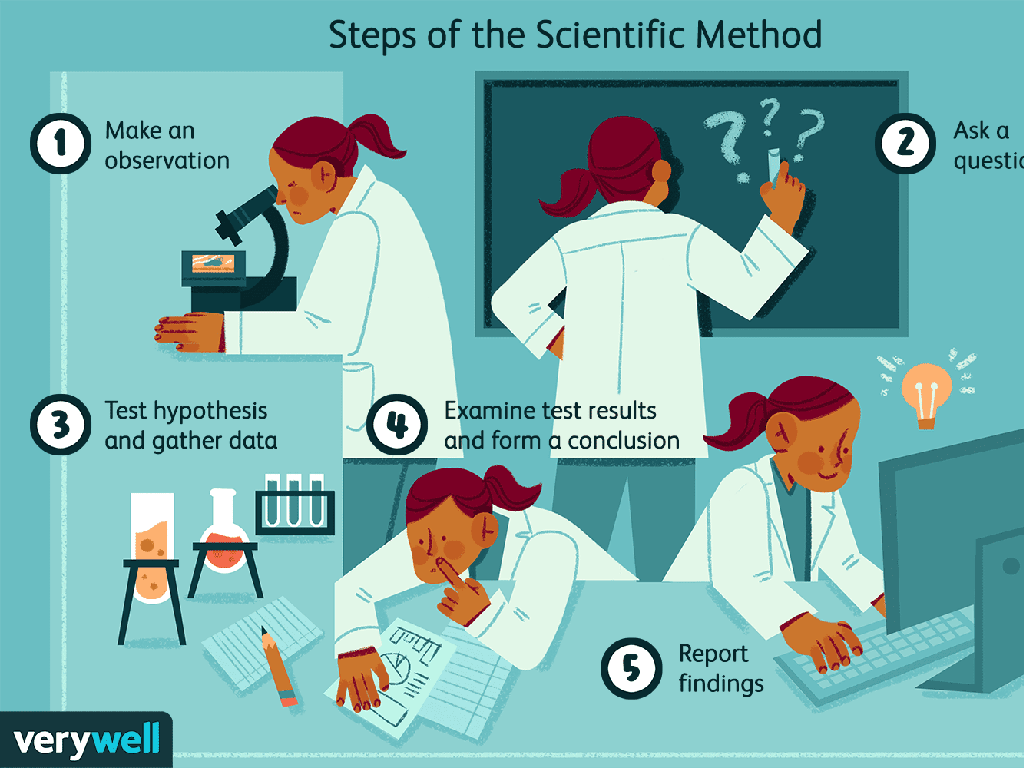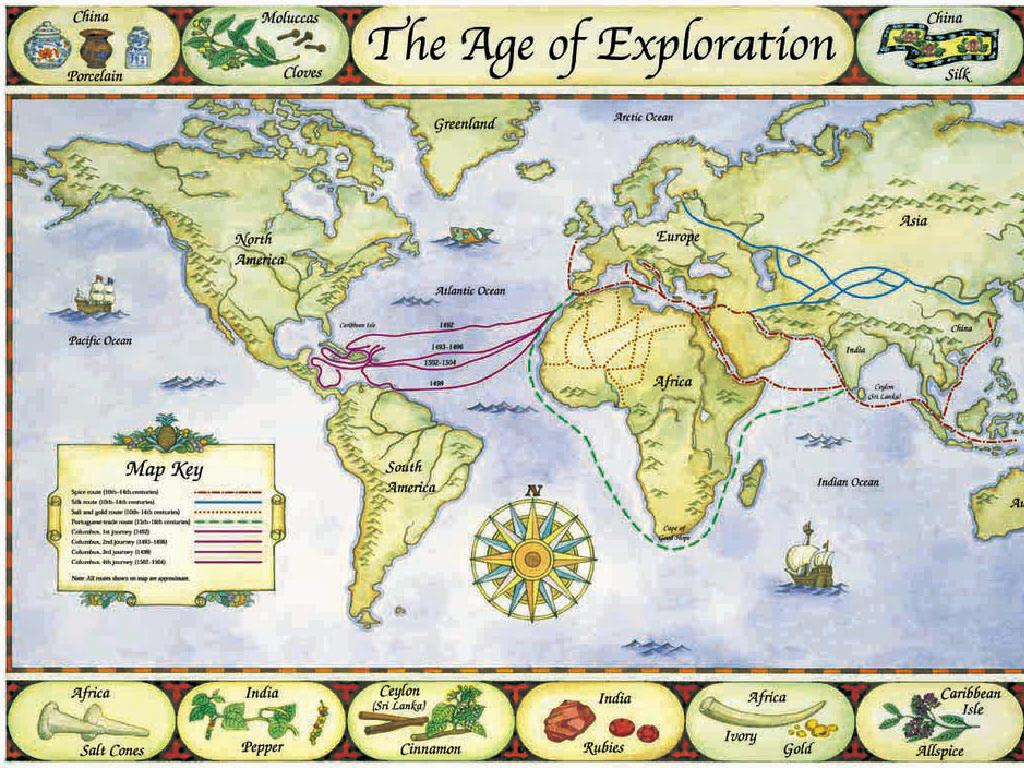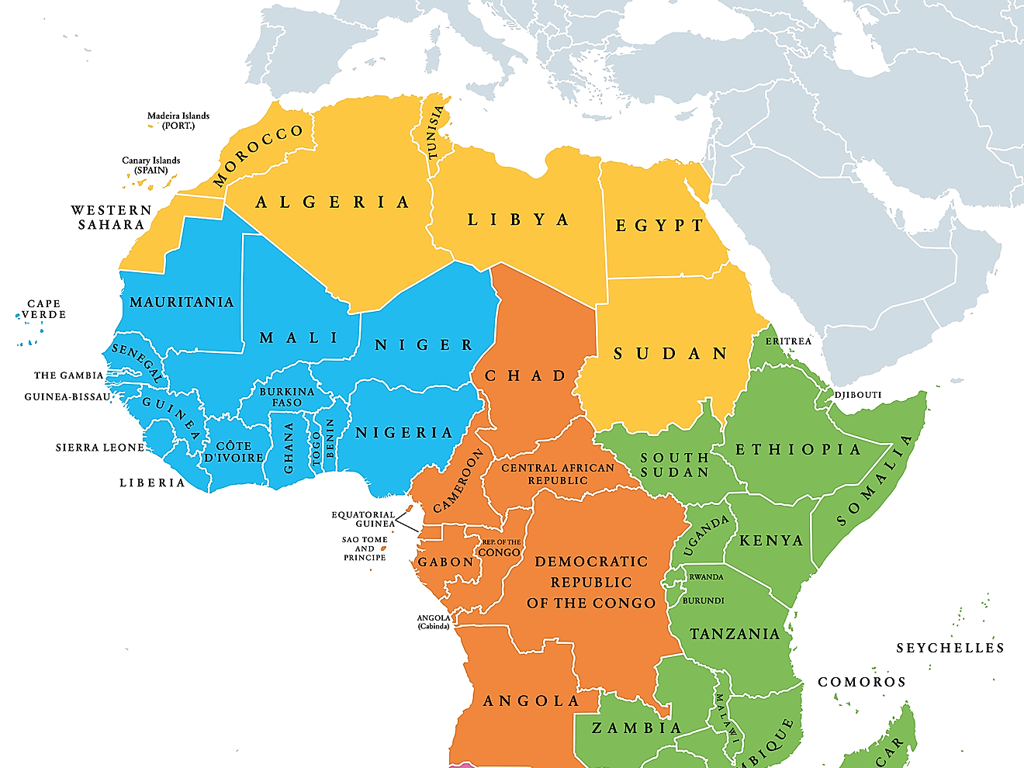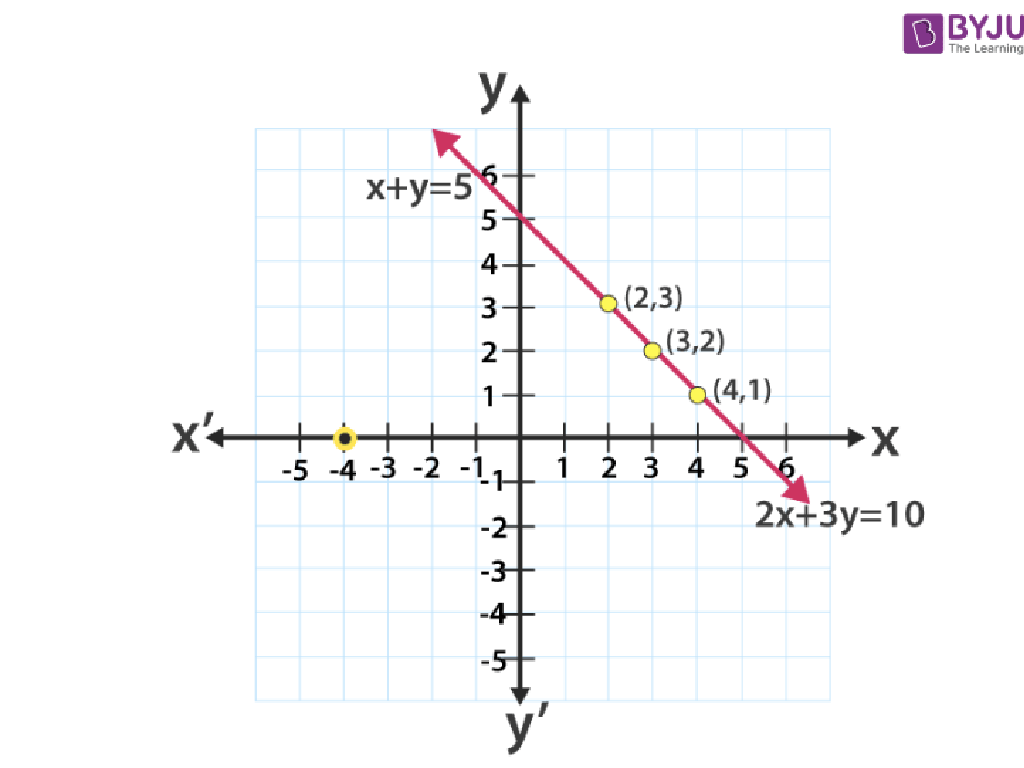Use Food Chains To Predict Changes In Populations
Subject: Science
Grade: Eighth grade
Topic: Ecological Interactions
Please LOG IN to download the presentation. Access is available to registered users only.
View More Content
Ecological Interactions: Food Chains
– Ecology and our environment
– What are ecological interactions?
– Interactions among organisms like competition and predation
– Exploring food chains
– A sequence of who eats whom in a biological community
– Predicting population changes
– How changes in one species affect another within the chain
|
This slide introduces the concept of ecological interactions within the environment, focusing on food chains and their impact on populations. Begin by discussing ecology and its importance in understanding our surroundings. Explain ecological interactions, including various relationships like mutualism, commensalism, and parasitism, with a focus on predation and competition. Dive into the concept of food chains, illustrating the linear flow of energy from one organism to another. Emphasize how fluctuations in one species’ population can lead to cascading effects throughout the chain, affecting the entire ecosystem. Use examples like the removal of a top predator or the introduction of a new species to demonstrate these dynamics. Encourage students to think critically about how interconnected our environment is and the role each organism plays within it.
Understanding Food Chains
– Define a Food Chain
– A sequence of organisms where each is food for the next
– Identify chain components
– Producers make energy, consumers eat them, decomposers break down waste
– Energy’s role in chains
– Energy flows from one organism to another through consumption
– Impact on populations
|
This slide introduces the concept of a food chain, which is fundamental in understanding ecological interactions. Start by defining a food chain as a linear sequence of organisms where each is a source of food for the next. Explain the roles of producers (organisms that make their own food like plants), consumers (organisms that eat other organisms), and decomposers (organisms that break down dead material). Highlight how energy is transferred from one organism to another when one is consumed by another, and how this affects the population sizes within an ecosystem. Emphasize that changes at any level of the food chain can lead to population changes throughout the ecosystem. Encourage students to think of examples of food chains they are familiar with and consider how changes in one component might affect the others.
Food Chains: Predicting Population Changes
– Forest ecosystem food chain
– Producers to apex predators: grass, rabbit, fox
– Aquatic ecosystem food chain
– Algae, small fish, larger fish, shark
– Interconnected food chains
– Ecosystems are interlinked, a change in one chain can affect another
– Impact on populations
|
This slide aims to illustrate how food chains within different ecosystems can be used to predict changes in populations. Start by explaining a simple forest food chain, from producers like grass to apex predators like foxes. Then, compare this with an aquatic food chain, highlighting the roles of algae and various fish leading up to the shark. Discuss how these food chains are not isolated and how they can impact one another. For example, if a disease reduces the rabbit population in a forest, the fox population may also decline due to lack of food. Similarly, overfishing can affect the balance of aquatic food chains. Encourage students to think about how changes at one level of the food chain can lead to population changes at another level, reinforcing the concept of interdependence within ecosystems.
Predicting Population Changes in Food Chains
– Impact of species removal
– Removing a species can disrupt food sources for others.
– Ripple effects in ecosystems
– Changes can spread, affecting multiple species and habitats.
– Case study: Predator extinction
– Explore the consequences of a predator’s extinction on its prey.
– Balancing ecological interactions
|
This slide aims to help students understand the complex interdependencies within food chains and how the removal of one species can lead to significant changes in population sizes of others. Discuss the concept of a ripple effect, where the impact of change spreads through the ecosystem. Use a real-world case study, such as the extinction of a top predator, to illustrate these concepts. Explain how this can lead to an overpopulation of prey species and subsequent depletion of their food resources, resulting in a cascading effect on the ecosystem. Emphasize the importance of each species in maintaining the balance of ecological interactions. Encourage students to think critically about conservation efforts and the potential long-term impacts of human activities on food chains.
Human Impact on Food Chains
– Effects of pollution on food chains
– Toxins can accumulate in organisms, affecting the entire chain.
– Overfishing and its consequences
– Depletes fish populations, disrupting aquatic food webs.
– Preserving natural balance
– Protect habitats to support diverse species interactions.
– Our responsibility in ecosystems
– Sustainable practices can mitigate negative impacts.
|
This slide aims to educate students on the significant effects human activities have on food chains. Discuss how pollution, particularly toxins, can bioaccumulate in organisms and magnify up the food chain, leading to detrimental effects on ecosystems. Highlight the issue of overfishing, which can lead to the collapse of fish populations and disrupt the balance of aquatic food webs. Emphasize the importance of preserving natural habitats to maintain biodiversity and the balance of nature. Finally, instill a sense of responsibility in students to engage in sustainable practices that support the health of ecosystems. Encourage them to think critically about how their actions can contribute to ecological conservation.
Class Activity: Constructing Food Chains
– Select an ecosystem for your food chain
– Identify and illustrate the food chain
– Draw or list producers, consumers, and decomposers in order
– Predict effects of species removal
– What happens if one part of the chain is taken out?
– Discuss impacts with the class
|
This activity is designed to help students understand the delicate balance within ecosystems and the role of food chains in predicting changes in populations. Students should choose an ecosystem they are interested in, such as a forest, ocean, or desert. They will then create a food chain from that ecosystem, identifying producers (plants), primary consumers (herbivores), secondary consumers (carnivores), and decomposers (organisms that break down dead material). After illustrating their food chain, students will hypothesize what might happen if one species is removed, considering the effects on other species in the chain. Encourage creative thinking and discussion about the interconnectedness of life. Possible activities for different students could include creating food chains from different ecosystems, comparing and contrasting them, or exploring the impact of invasive species on native food chains.
Understanding Ecological Balance
– Recap: Food Chains & Populations
– How changes in one species affect others
– Significance of Ecological Equilibrium
– A stable ecosystem supports diverse life
– Engage: Questions & Activity Sharing
– Share findings from class activities
– Reflect on Learning Outcomes
|
This slide aims to summarize the key concepts learned about food chains and their impact on population dynamics. Emphasize the interconnectedness of species within an ecosystem and how fluctuations in one population can lead to cascading effects throughout the food chain. Highlight the importance of maintaining ecological balance for the health of the environment and all living organisms. Encourage students to ask questions about the material covered and to share the results of any in-class activities related to food chains and population changes. Use this opportunity to assess student understanding and to reinforce the significance of ecological interactions in maintaining biodiversity and ecosystem stability.





